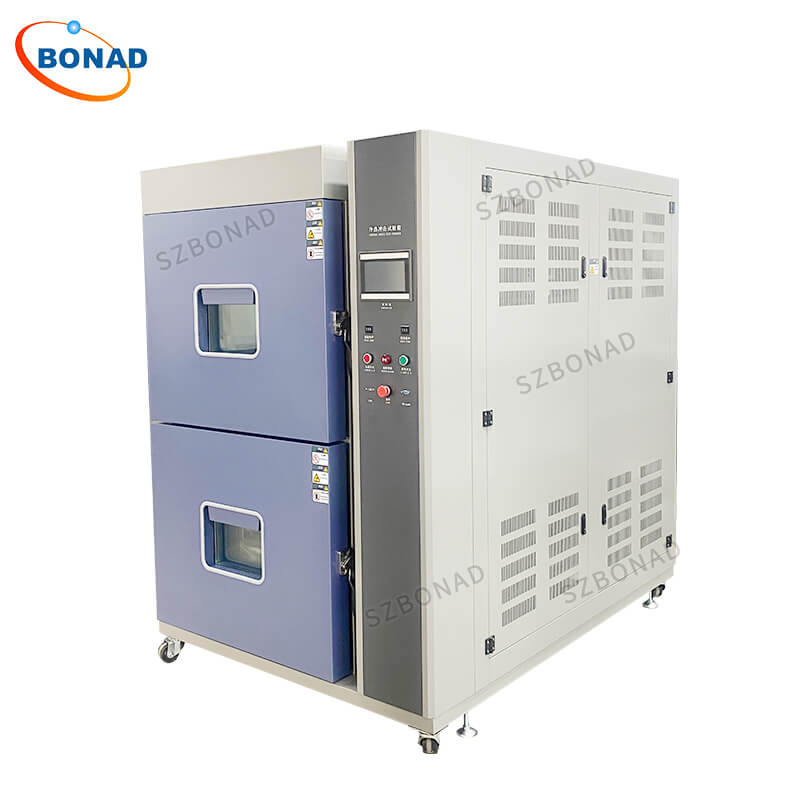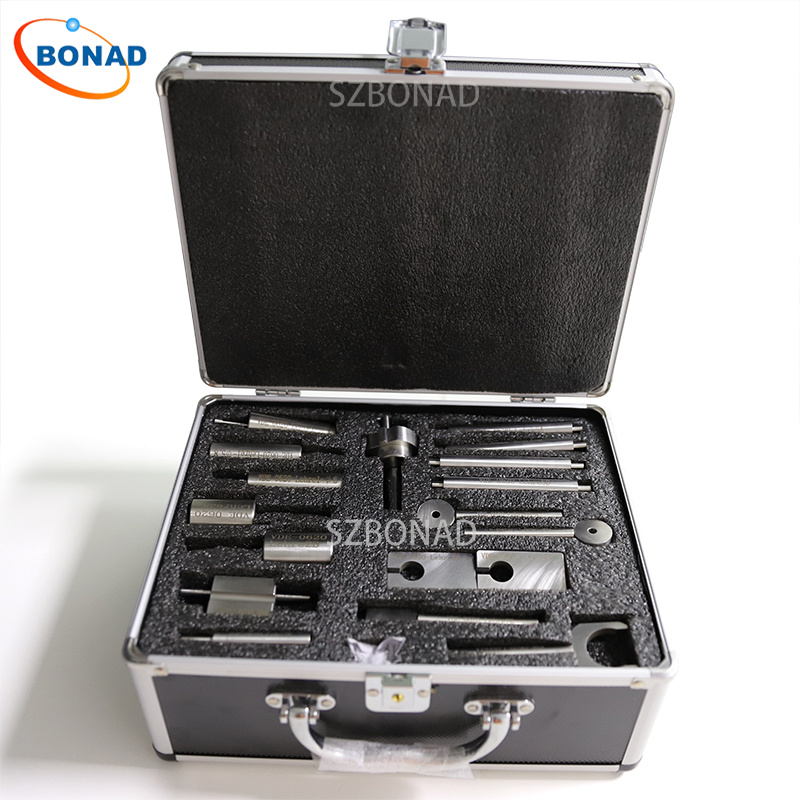What is IEC 60068 – Environmental Testing?
IEC 60068 is a globally recognized standard designed for the environmental testing of electrotechnical products. This comprehensive standard encompasses various tests, including those for temperature, humidity, shock, and vibration, all conducted within specialized chambers. Products that successfully pass these rigorous tests are deemed reliable and fit for market release.
The International Electrotechnical Commission (IEC) developed this standard to provide detailed guidelines for assessing product performance under diverse environmental conditions. Given that products are used in varying climates and situations post-sale, it is crucial to ensure their durability and reliability through such standardized testing.
Why is IEC 60068 Important?
Manufacturers need assurance that their products will perform optimally in different environments. This is where IEC 60068 comes into play. The standard includes several subsections tailored to specific types of tests:
- IEC 60068-2-1: Low-temperature testing
- IEC 60068-2-2: High-temperature testing
- IEC 60068-2-6: Vibration testing
- IEC 60068-2-27: Shock testing
Each subsection addresses a unique aspect of product durability, ensuring comprehensive evaluation. Products that endure these tests without degradation are considered robust and are approved for market distribution.
How Does the Testing Process Work?
The process of IEC 60068 environmental testing is straightforward yet meticulous. Specialized chambers simulate real-world conditions under controlled parameters. Each type of test requires a specific chamber; for instance, humidity tests are conducted in humidity-controlled environments, while vibration tests occur in dedicated vibration chambers.
During testing, operators monitor the product’s behavior under various conditions. For example, a product might deteriorate at high temperatures or crack under extremely low temperatures. Detailed reports are generated post-testing to determine whether a product passes or fails based on its performance.
Benefits of Complying with IEC 60068
Adhering to IEC 60068 offers numerous advantages:
- Credibility and Trust: Products that meet IEC 60068 standards receive certifications that signify reliability and quality.
- Market Advantage: Certified products can be marketed as durable and high-quality, giving manufacturers a competitive edge.
- Global Acceptance: As an international standard, compliance with IEC 60068 ensures products are acceptable worldwide.
- Customer Confidence: Consumers trust products bearing the IEC certification, often willing to pay a premium for assured quality.
- Product Improvement: The rigorous testing helps manufacturers identify and rectify potential flaws before market release.
Frequently Asked Questions
What does the IEC 60068 standard entail?
IEC 60068 sets forth various tests to evaluate the durability of electrotechnical products under simulated real-world conditions.
Is compliance with IEC 60068 mandatory?
While not mandatory, compliance with IEC 60068 significantly enhances a manufacturer’s reputation for producing reliable and durable products.
Conclusion
The IEC 60068 standard serves as an essential tool for manufacturers aiming to ensure their products’ durability and reliability under diverse environmental conditions. By adhering to this standard, manufacturers can enhance their credibility, gain customer trust, and achieve a competitive market advantage. This article has provided an overview of the importance and benefits of complying with the IEC 60068 environmental testing standard.



